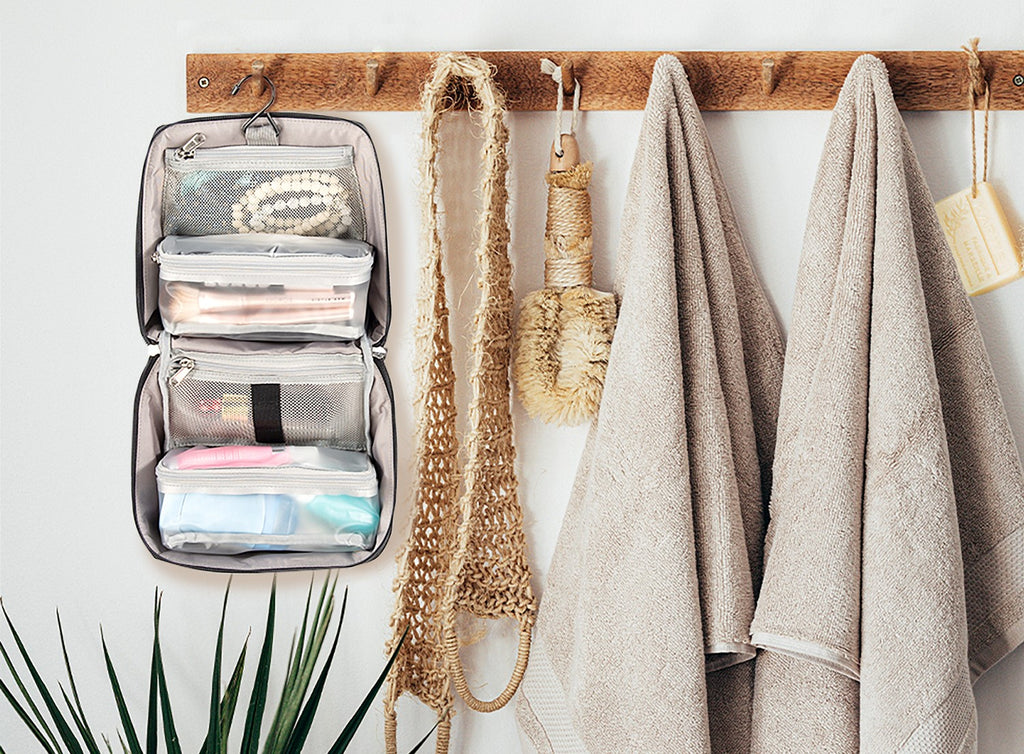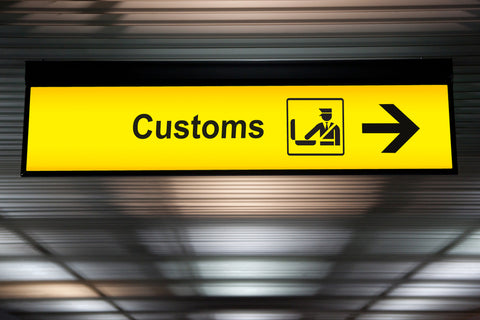If you’re taking medicine with you on a flight, you may have questions. Can you bring liquid medicines on a plane or are they banned under the Transportation Security Administration’s liquid restrictions? Can you take over-the-counter medicine, or should you pack all medication in your checked luggage? If you find yourself in the unfortunate situation of traveling with a cold, what should you bring, tablets or cold syrup?
Given the option, your best bet is to skip liquid medication and only pack tablets and gel caps in your carry-on luggage. This way, you can avoid any confusion at the TSA security checkpoint. Sometimes, however, you need to travel with liquid medication, in which case you must make sure the medication and its contents conform to TSA regulations.
Tips for Packing Medication
You can pack your medicines in your checked luggage, but this means they won’t be available if you need them during your flight. For this reason, it’s recommended you pack medication in your carry-on bag and use suitcase organizers for easy access. Pills and gel caps are generally not a problem, and you do not need to notify TSA officers that you are carrying such medication.
You can pack over-the-counter liquid medicines such as cough syrup in your 3-1-1 bag. The TSAs 3-1-1 rule refers to the regulation that all liquids should be in a 3.4-ounce or less container (3), with all container’s in one quart-sized plastic bag (1) and a limit of one bag per passenger (1).
Prescription Medication on Planes
The TSA does not require prescription medication to be stored in its prescription bottle, so you can pack travel-sized amounts in your carry-on or bring pill organizers on board. Each US state has its laws governing the labeling of prescription medication. Check local laws before you fly domestically.
If you’re flying internationally, be aware that some medications are considered illegal substances in certain countries. To ensure your medication is permitted, check with the embassy of your destination country. You can also check with the Centers for Disease Control, which includes information on drug regulations in different countries. The United Nations Office on Drugs and Crime also has recommendations for people who need to travel with internationally controlled drugs.
Liquid vs. Pill Medication Restrictions
The TSA does make allowances for “medically necessary” medication. For instance, you can pack medically necessary pills and other solid medicines in carry-on luggage in unlimited amounts. Liquid medications deemed medically necessary are not subject to the 3-1-1 rule, as long as the amount is considered reasonable for your flight. If you are carrying medically necessary liquid medication, be sure to alert the TSA agent before security screening starts.
The catch here is that “medically necessary” is open to interpretation. Generally speaking, prescription medication falls into the medically necessary category. While travelers with colds might argue a large over-the-counter cough syrup container is medically required, TSA agents may disagree. Nitroglycerin tablets and sprays are considered medically necessary, as are baby formula and breast milk.
The TSA typically will x-ray medication during screening. If you prefer not to have your medication x-rayed, you can ask for a visual inspection.
If you have no particular preference between tablets or liquid cold medicine, your best bet is to stick with cold tablets. Not only will they take up less space in your carry-on suitcase, but if you need to take a dose in-flight, you won’t have to worry about any spillage. If you find yourself traveling often, it’s a smart idea to simply set aside a separate bag of travel-friendly over-the-counter medicines to have available, should you need them.



